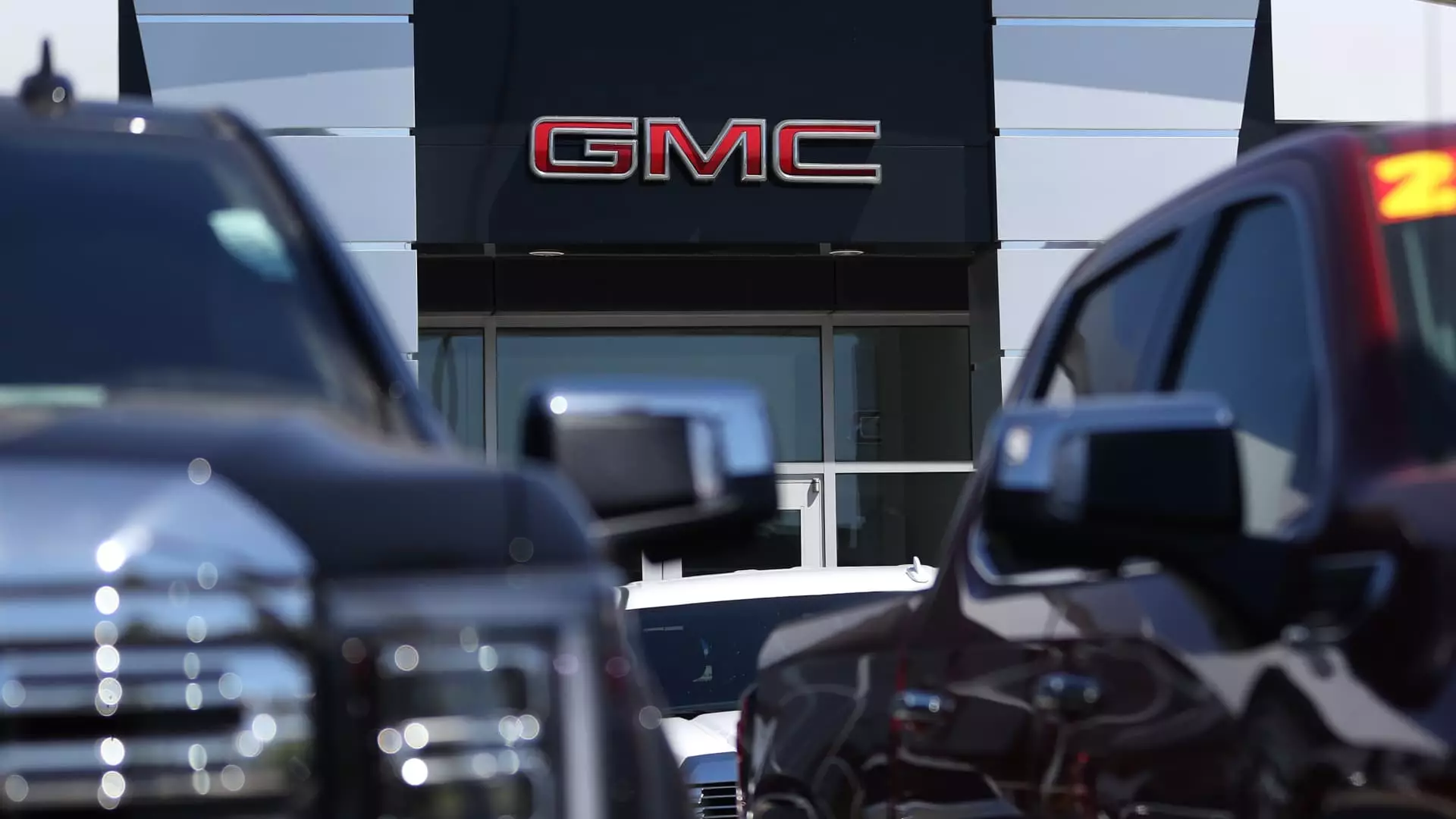In a recent investor day presentation held in Detroit, General Motors (GM) indicated that its adjusted earnings for 2025 are likely to remain consistent with the expectations set for 2024, as articulated by CFO Paul Jacobson. Specifically, GM places its projected earnings before interest and taxes (EBIT) for the upcoming year within the range of $13 billion to $15 billion, translating to a per-share forecast of between $9.50 and $10.50. This forecast represents a notable upward revision from prior estimates, which were forecasted between $12.5 billion and $14.5 billion, or $9 to $10 per share.
This ambitious outlook, however, comes against a headwind of declining auto sales and consumer spending, both of which create skepticism regarding the realization of these targets. The 2025 auto market landscape is expected to present substantial challenges, with many analysts predicting a downturn for the automotive sector as a whole. Jacobson prudently refrained from providing explicit financial targets for 2025 until GM’s comprehensive financial guidance is published early in the following year.
A core aspect of GM’s strategy involves fortifying its electric vehicle segment, with projected earnings boosts of approximately $2 billion to $4 billion attributed to this sector. Jacobson outlined that GM intends to deliver eight new models to the market, branding them with projected EBIT margins that surpass previous iterations by an impressive nine percentage points on average. This shift indicates a deliberate pivot by GM towards sustainable practices in vehicle engineering, production, and sales.
In a competitive EV market, where companies are jockeying for consumer attention, such advancements not only signal GM’s commitment to innovation but also its potential for profitability in a space traditionally burdened by high costs and intense competition. Jacobson emphasized that as efficiencies across their manufacturing processes continue to improve, the benefits will compound over the long term, potentially placing GM in a favorable position to not only meet but exceed shareholder expectations.
Turning to capital expenditures, GM’s budget for 2024 is earmarked between $10.5 billion and $11.5 billion, with expectations of maintaining similar financial commitments heading into 2025. This stability reflects a conscious decision to balance investments in emerging technologies like EVs while ensuring that traditional gas-powered vehicles still contribute meaningfully to overall profitability.
Furthermore, GM’s efforts to curtail fixed costs—which have decreased by a substantial $2 billion over the past two years, net of depreciation and amortization—will likely play a significant role in bolstering its financial resilience during an unpredictable market. The company appears positioned to efficiently manage its incentive spending while seeking to meet stable demand in a fluctuating economic environment.
Despite the cautious optimism outlined by GM’s leadership, the investment community has reacted with notable restraint. Shares of the automaker closed almost unchanged at $46.01 following the investor day announcement, reflecting a degree of skepticism regarding the feasibility of the outlined financial targets. The stock has seen an overall increase of approximately 28% in 2023; however, it faces headwinds stemming from downgrades and adjustments to price targets by various Wall Street analysts.
Ultimately, GM’s future may hinge on how well it can execute its plans for EV expansion while simultaneously sustaining the profitability of its traditional vehicle lines. The company’s commitment to innovation, cost management, and strategic capital allocation will be pivotal in not only navigating the anticipated challenges of 2025 but also in regaining and enhancing investor confidence moving forward.
While GM finds itself at a critical juncture filled with both promise and uncertainty, the clarity of its strategic objectives combined with disciplined financial stewardship could lay the groundwork for solidifying its position in a rapidly evolving automotive landscape.

